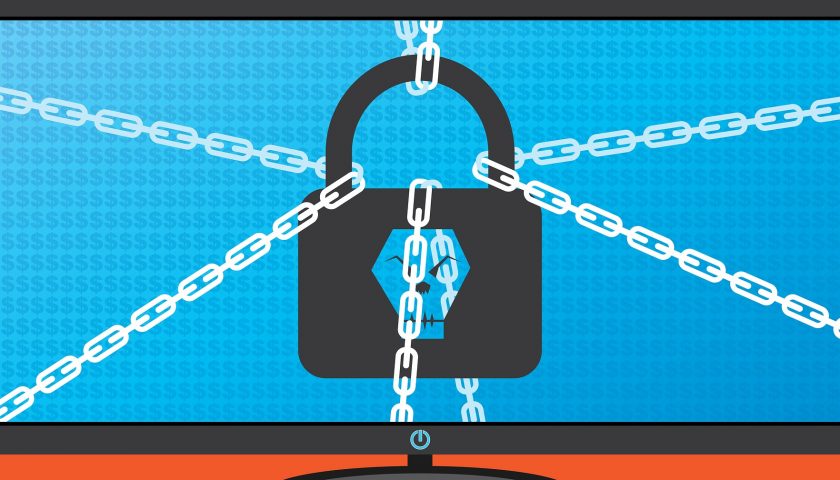
Service leaders should factor employee desire into post-COVID-19 workforce plans.
Service employees who traditionally did not have many opportunities to WFH are now used to it and like it, and they wish to continue in some capacity once the pandemic is over.
In September 2020, Gartner surveyed 5,000 employees, including 550 customer service professionals.
This is in line with most service leaders who believe WFH is here to stay post-pandemic. Eighty-one percent of service leaders believe between 30 per cent to 80 per cent of their workforce will primarily be working from home two years from now.
“As service leaders weigh the future of their work from home programs, they’ll have to balance their own visions for the future with employee wishes,” said Lauren Villeneuve, advisory director in the Gartner Customer Service & Support practice. “A key factor should be the impact it has had, and will continue to have, on the employee experience. Leaders will want to understand which focus areas should be prioritised and which should not as they decide where to invest in and optimize their work from home programs.”
Customer service and support leaders working on long-term post-COVID-19 WFH strategies should consider the following:
- Culture: Since the mass shift to working from home, many service leaders report growing concerns for the future of their company culture. However, Gartner data indicates WFH has posed less of a challenge to organizational culture than anticipated. In fact, most customer service employees who work remotely say organizational culture has remained the same – and most of those who do think it’s changed actually say it’s improved since the shift to WFH. Service leaders should continue to monitor culture within their own organizations but may want to consider investing time and resources elsewhere.
- Collaboration: While employees affirm WFH hasn’t negatively impacted culture, it has impacted collaboration. Service employees say they are collaborating less frequently since transitioning to WFH. While service leaders have invested in collaboration technologies, they should make sure they also create opportunities for collaboration, model collaborative behaviour and reward collaboration when it occurs to ensure the technology is used.
- Career development: Pre-pandemic biases against remote employees now seem particularly unfounded given employee performance has largely remained consistent throughout the pandemic. While the vast majority of service employees continue to WFH, this presents less of an issue. But if managers hold these beliefs once some employees return to the workplace, they could create a barrier to career progression for employees who choose to continue working from home. Service leaders should work to uncover why these biases exist and closely monitor managers who manage remote employeesor hybrid teams for signs of bias.
Gartner Customer Service and Support Leaders clients can learn more in the report “Impacts of WFH Strategy on the Service and Support Employee Experience” and “Plans for and Anticipated Challenges of Long-Term WFH Programs for Service and Support.”




